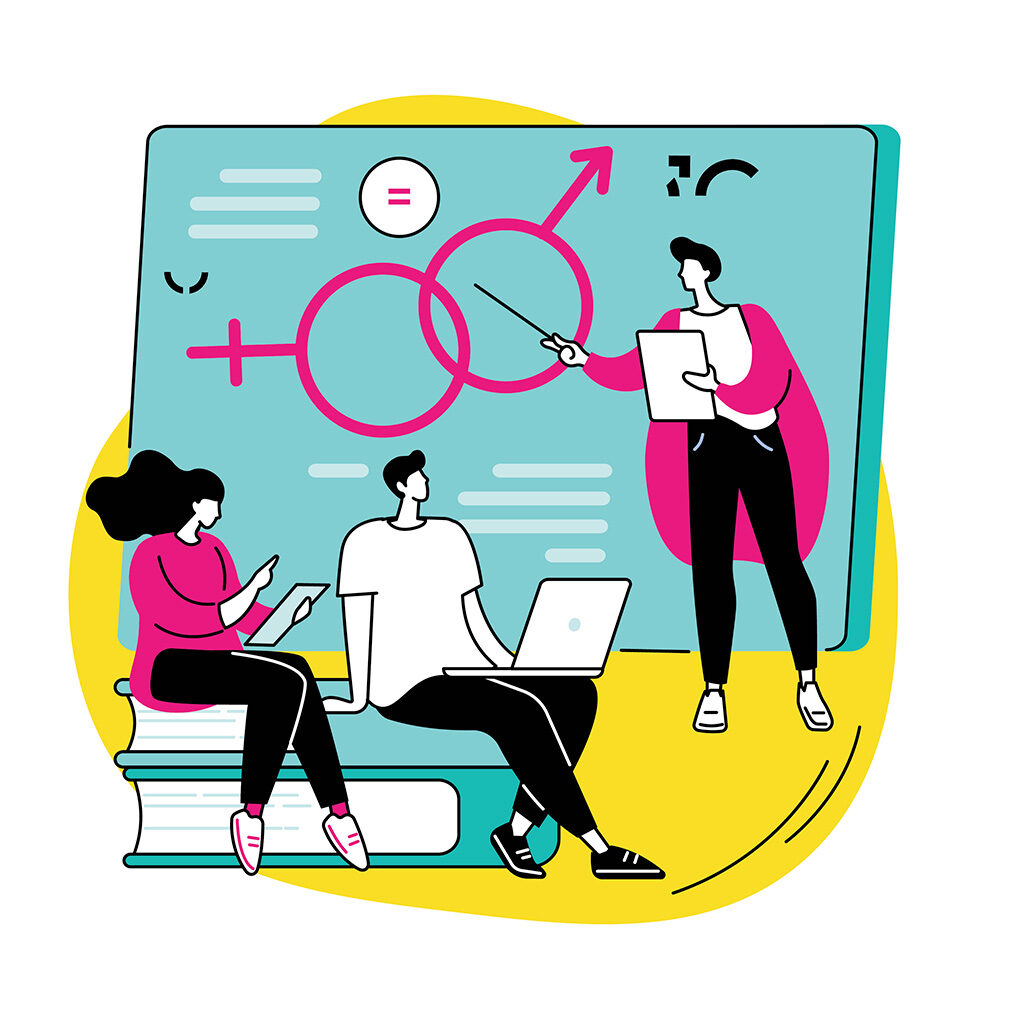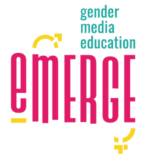O1 - Six activities to know better the media culture of your students!
The methodological kit “Know the media culture of your students” offers to secondary school teachers a series of six activities aiming at identifying the media culture of their students whatever their background is. Its main goal is therefore to give some tools leading to know more about how their students are using social networks, about the kind of media they are consuming, the way they are informing themselves, communicating, searching and consulting information.
The six activities focus on a different kind of media and offer various pedagogical methods to foster the expression of students about their media practices. Each activity can be considered as a potential introduction to more in-depth courses on topics like: gender representations and stereotypes, disinformation, role of media and social media in a democratic society, concept of culture in a social science course, etc.
The first activity “Why do you consume media and where?” includes a preparatory assignment and aims at discussing the reasons why students consume various categories of media and how they perceive their media consumption. It will also enable the teacher to get a general idea of the average time their students spend on different categories of media.
The second activity “What would you recommend?” enable teachers to identify mainstream and popular media practices shared by the whole group of their students and discuss the reasons why some media are consumed by a majority of them: a good opportunity to discuss with students what they consider as a “mainstream media” and why. This activity includes role play and group discussions.
The third activity “Five minutes on your phone” offers teachers a chance to analyze with their students the use of their mobile phone through the usage of smartphones in the classroom, individual thinking and group discussion.
The fourth activity “Have a big picture of pop culture” gives teachers an insight of how students relate to pop culture and have (or not) a critical distance towards it. The pedagogical method is based on pictures of pop culture brought by students themselves to initiate debate.
The fifth activity “Would you agree?” uses the method of photo-language to support students in confronting received ideas about media and help them to position themselves and argue on topics related to media (whatever their opinion is).
The sixth and last activity “To share or not to share” proposes teachers to evaluate the critical distance and level of trust of students towards (traditional or not) news media using role play, individual thinking and group discussion.
For each activity, the same template is proposed: a technical sheet mentioning the students’ age range targeted, estimated time, pedagogical objectives, methods used, etc. followed by the step-by-step instructions to lead the activity. In the introduction of each activity some testimonies of the teachers who tested the activities (in Greek, Romanian, Italian or Belgian schools) are highlighted (see more about the co-design process that led to the methodological kit here ).
At the end of the kit, in the Appendix 1, teaching resources and definitions are proposed as an optional support for teachers. These resources are meant to go deeper into some media-related topics and provide more guidance to the teachers who feel the need for it. The Appendix 2 contains the images of the photo-language to lead the Activity 5 “Would you agree?”.
O2 - e-Learning modules about media representations & gender
Through the eMERGE project, an online course on media education about gender issues in media and pop culture was created. The course is offered in five languages (English, French, Greek, Italian and Romanian) and is divided into four modules, each one including theoretical lessons, practical exercises and a whole series of multimedia resources and references:
Module 1 - Media Education and pop culture@font-face {font-family:"Cambria Math"; panose-1:2 4 5 3 5 4 6 3 2 4; mso-font-charset:0; mso-generic-font-family:roman; mso-font-pitch:variable; mso-font-signature:-536870145 1107305727 0 0 415 0;}@font-face {font-family:Calibri; panose-1:2 15 5 2 2 2 4 3 2 4; mso-font-charset:0; mso-generic-font-family:swiss; mso-font-pitch:variable; mso-font-signature:-536859905 -1073697537 9 0 511 0;}@font-face {font-family:Cambria; panose-1:2 4 5 3 5 4 6 3 2 4; mso-font-charset:0; mso-generic-font-family:roman; mso-font-pitch:variable; mso-font-signature:-536870145 1073743103 0 0 415 0;}p.MsoNormal, li.MsoNormal, div.MsoNormal {mso-style-unhide:no; mso-style-qformat:yes; mso-style-parent:""; margin:0cm; mso-pagination:widow-orphan; font-size:12.0pt; font-family:"Cambria",serif; mso-fareast-font-family:Cambria; mso-bidi-font-family:Cambria; mso-ansi-language:#0010;}.MsoChpDefault {mso-style-type:export-only; mso-default-props:yes; font-family:"Cambria",serif; mso-ascii-font-family:Cambria; mso-fareast-font-family:Cambria; mso-hansi-font-family:Cambria; mso-bidi-font-family:Cambria; mso-ansi-language:#0010;}div.WordSection1 {page:W
This first module aims to introduce the concept of media education and popular culture. From a first theoretical framework about media education (Unit 1), media representations and more precisely stereotypes are deeply discussed including with its relation to prejudices. Gender stereotypes in media representations are provided through examples and exercises (Unit 2). Finally, from the participants’ representations about popular culture, the pop culture area is also delimited through examples related to gender media representations (Unit 3).

Module 2 – Gender issues in the classroom
This module introduces trainees to the concept of gender and its issues in the classroom context. Beyond a clarification of the basic concepts on gender, the first unit presents the social mechanisms which construct genders, with a special focus on the role of media in this construction (Unit 1). Then focusing on gender representations in online environments, the oversexualised stereotypes for women and girls as part of online culture are discussed and developed through applied examples of sexist hate speech. (Unit 2). Apart from media, education is the key area to promote gender equality and inclusiveness. It’s why Unit 3 focuses on the role of school and of teachers regarding the reinforcement and the combat of gender stereotypes (school curriculum, schoolbooks, …) including with some concrete application through gender-responsive language exercises.

Module 3 – Critical analysis and creative media production for gender issues
The critical analysis of gender representation in the media and pop culture is the main goal of this third module. After an introduction to various critical analysis methods of media messages and practices, analysis exercises are suggested about how different media and products of pop culture represent gender and how they contribute to its social construction (Unit 1). The second step is to combine critical analysis methods with creative media production. Creating own media products as a process to critique other media content and practices (Unit 2). Finally, Unit 3 focuses on gender representation within selfies shared online especially on social media, a practice that has become very popular for self-presentation and communication online, especially among young people.

Module 4 – Planning and evaluating Media Education activities
Media education scholars and educators increasingly share the view that ME should be developed as a key transversal component across the school curriculum rather than a specific subject or topic. To achieve so, however, it is crucial to devote specific attention to curriculum development and practice in order to have a clear idea of the learning progression through different school levels with details of specific learning outcomes and criteria and procedures for evaluation and assessment.That’s why through this fourth module, a theoretical background is given to reflect on the location of media education in the school curriculum before suggesting some questions for planning cross-curriculum media education lessons (Unit 1). In a second step, various frameworks and tools are presented for supporting the evaluation of these media education lessons (Unit 2).


